Description
Fidus-Serie – zwölf Illustrationen Pl.04 by Fidus printed on a T-Shirt
About the T-Shirt
Regular fit
Standard length, the fabric easily gives into movement
Casual wear
A classic, everyday option loved by our customers
Side-seamed
Constructed by sewing two parts together, creating a fitted look
The Unisex Staple T-Shirt feels soft and light with just the right amount of stretch. It’s comfortable and flattering for all. We can’t compliment this shirt enough–it’s one of our crowd favorites, and it’s sure to be your next favorite too!
- Solid colors are 100% Airlume combed and ring-spun cotton
- Ash color is 99% combed and ring-spun cotton, 1% polyester
- Heather colors are 52% combed and ring-spun cotton, 48% polyester
- Athletic and Black Heather are 90% combed and ring-spun cotton, 10% polyester
- Heather Prism colors are 99% combed and ring-spun cotton, 1% polyester
- Fabric weight: 4.2 oz./yd.² (142 g/m²)
- Pre-shrunk fabric
- 30 singles
- Side-seamed construction
- Tear-away label
- Shoulder-to-shoulder taping
- Blank product sourced from Nicaragua, Mexico, Honduras, or the US
Fidus (1868 – 1948)
Fidus was the pseudonym used by German illustrator, painter and publisher Hugo Reinhold Karl Johann Höppener. He was a symbolist artist, whose work directly influenced the psychedelic style of graphic design of the late 1960s.
Born the son of a confectioner in Lübeck, Höppener demonstrated artistic talent at an early age. Around 1886 he met the “apostle of nature” and artist Karl Wilhelm Diefenbach (1851–1913), and joined Diefenbach’s commune near Munich. On Diefenbach’s behalf, he served a brief prison sentence for public nudity, earning him the name Fidus (“faithful”).
In 1892 he moved to Berlin, set up another commune, and worked as an illustrator on the magazine Sphinx. His work appeared frequently in Jugend and other illustrated magazines. He created many ornamental drawings, especially for book decoration, as well as ex-libris, posters and designs. He was one of the first artists to use advertising postcards to promote his work. He also contributed to the early homosexual magazine Der Eigene, published by Adolf Brand.
He held mystical Theosophical beliefs, and became interested in German mythology. His early illustrations contained dream-like abstractions, while his later work was characterised by motifs such as peasants, warriors, and other naked human figures in natural settings. He often combined mysticism, eroticism, and symbolism, in Art Nouveau and Sezessionist styles. By 1900 he was one of the best known painters in Germany, and had come under the influence of writers such as Arthur Moeller van den Bruck, Heinrich and Julius Hart, and the anti-materialist garden city and Wandervogel movements. His most famous painting is Light Prayer, which he made in eleven versions from 1890 to 1938. In 1908 he joined the Germanic Faith Community [de], a religious group led by the painter Ludwig Fahrenkrog, which combined Germanic neopaganism with teachings about self-redemption. In 1912 he designed a famous poster for a congress on “biological hygiene” in Hamburg, showing a man in the process of breaking his bonds and rising up to the stars.
After 1918, interest in Fidus’ work as an illustrator ebbed. Despite his enthusiasm for the ideology of the Nazi Party, of which he became a member in 1932, he did not receive the support of the Nazi regime. In 1937 his work was seized and the sale of his images was forbidden. By the time he died in 1948 in Woltersdorf his art had been almost forgotten. It was rediscovered in the 1960s, and directly influenced the psychedelic concert posters which began to be produced at that time, initially in and around San Francisco.

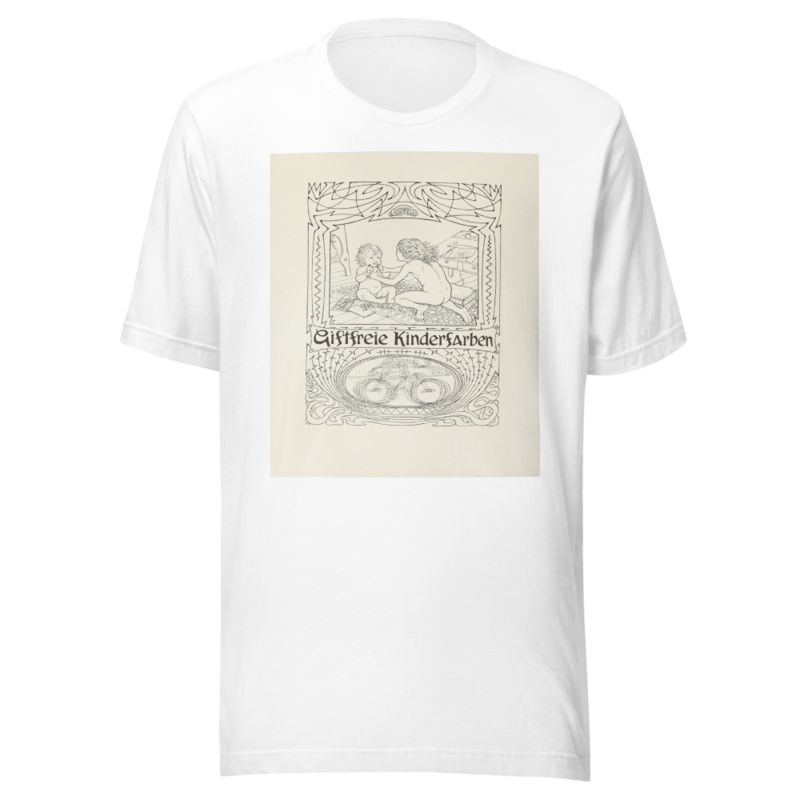
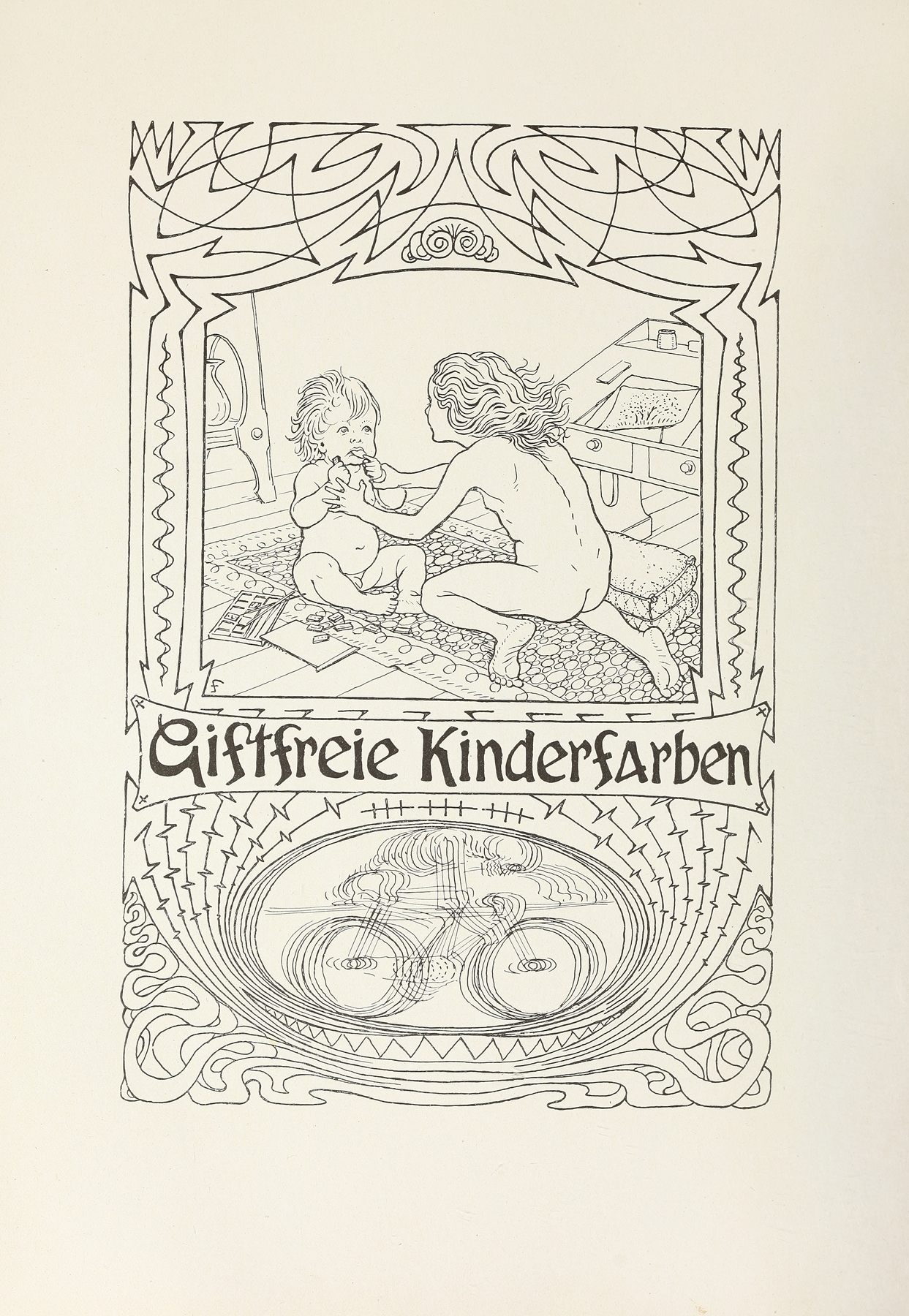
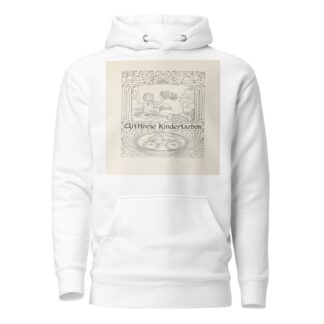
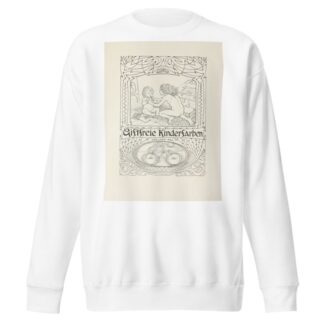
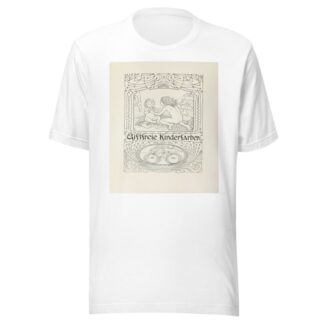
Reviews
There are no reviews yet.